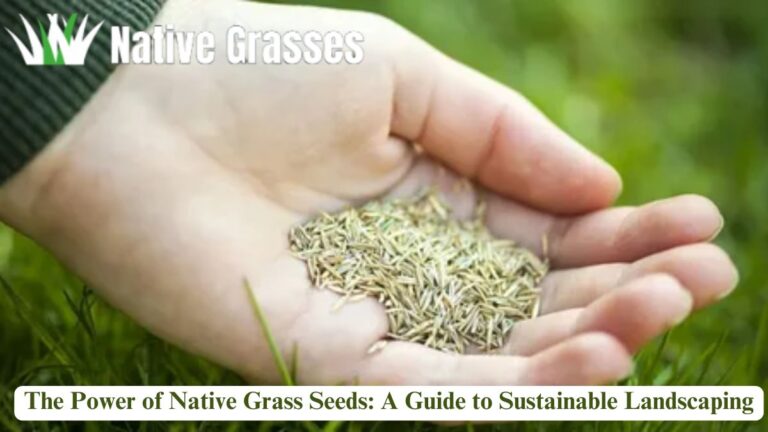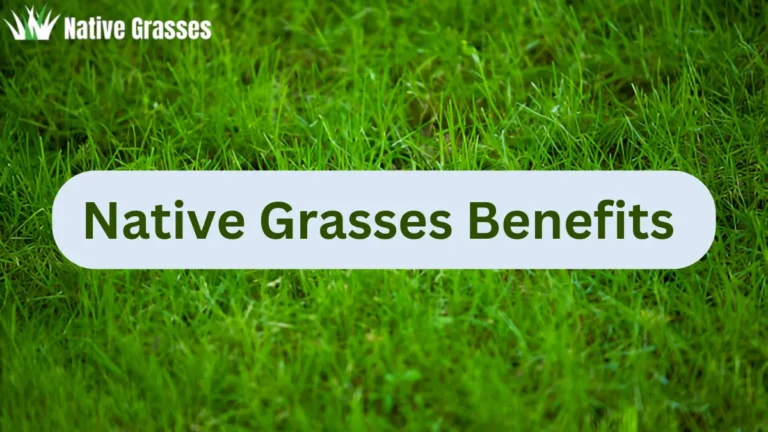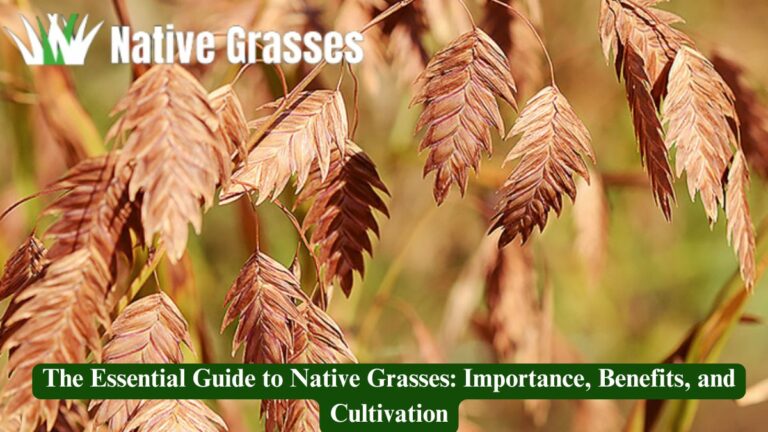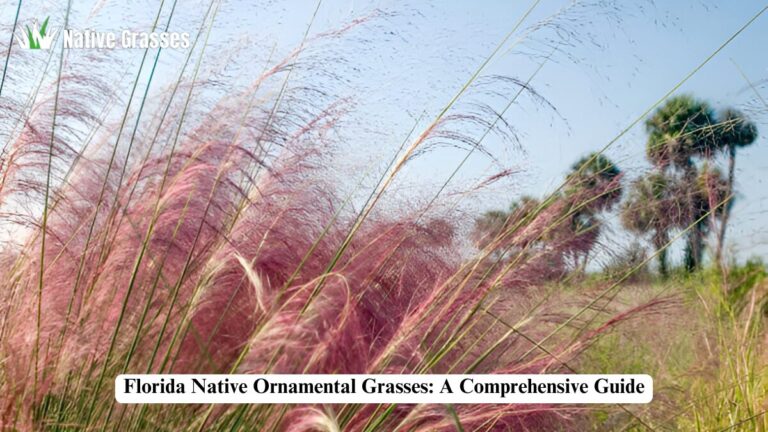The Ultimate Guide to Florida Native Lawn Grasses
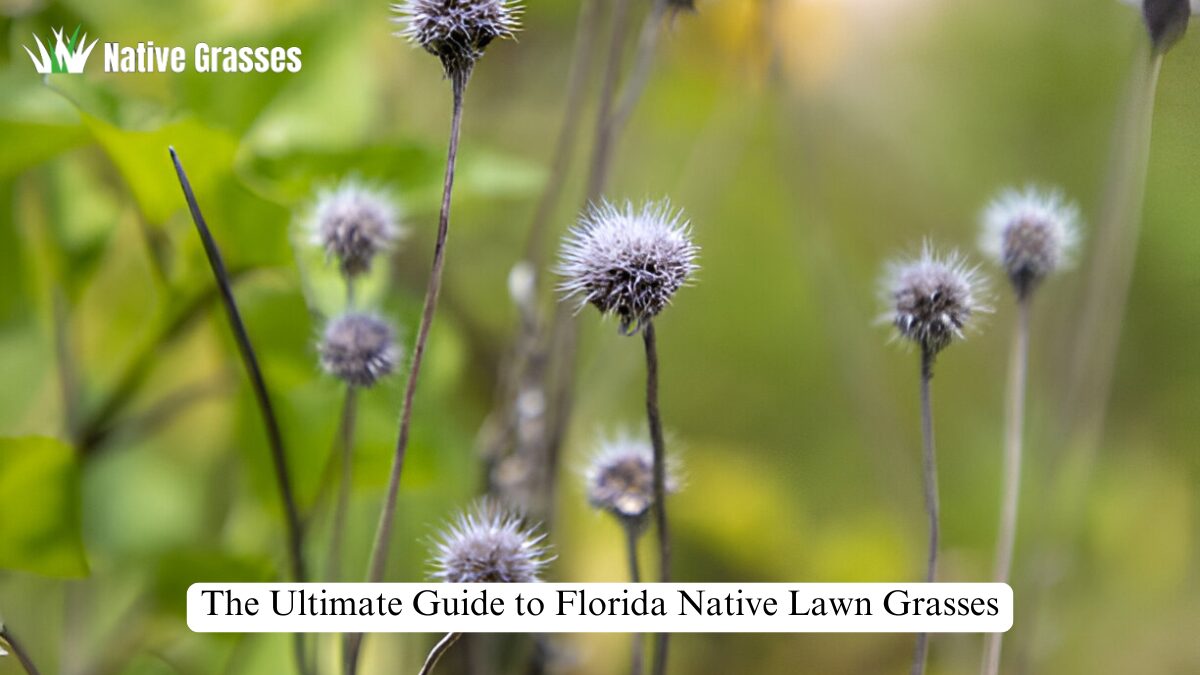
Creating a lush, sustainable lawn in Florida doesn’t have to mean fighting against nature. By choosing Florida native lawn grasses, you can enjoy a vibrant yard that’s well-suited to the region’s unique climate while supporting the local ecosystem. In this comprehensive guide, we’ll explore everything you need to know about native grasses for Florida lawns, from their benefits to detailed care tips.
Why Choose Florida Native Lawn Grasses?
Native grasses are smart for Florida homeowners looking to create low-maintenance, environmentally friendly landscapes. Here’s why they’re worth considering:
- Adaptability: Native grasses are naturally suited to Florida’s heat, humidity, and occasional drought conditions. They thrive without excessive watering or fertilization.
- Low Maintenance: These grasses require less mowing, fertilizing, and pest control than non-native species.
- Environmental Benefits: Native grasses promote biodiversity, providing habitat for pollinators and reducing the need for harmful chemicals.
- Water Efficiency: With Florida’s frequent droughts, native grasses help conserve water due to their drought-resistant qualities.
Types of Florida Native Lawn Grasses
Below are some of the most popular native grasses for Florida lawns, each with unique characteristics:
St. Augustine Grass (Stenotaphrum secundatum)
Features:
- Thrives in Florida’s warm climate.
- Broad, flat blades that create a dense, soft lawn.
- Tolerates partial shade and high humidity.
Ideal Uses:
- Residential lawns and recreational areas.
Care Tips:
- Prefers well-draining soil with moderate watering.
- Mow to a height of 2.5 to 4 inches.
Bahiagrass (Paspalum notatum)
Features:
- Tough, drought-resistant grass with deep roots.
- Tolerates poor soil conditions and full sun.
- Coarse texture, making it ideal for larger properties.
Ideal Uses:
- Roadside areas, large lawns, and pastures.
Care Tips:
- Requires minimal fertilization.
- Mow to a height of 3 to 4 inches.
Seashore Paspalum (Paspalum vaginatum)
Features:
- Salt-tolerant grass, perfect for coastal areas.
- Fine texture and vibrant green color.
Ideal Uses:
- Coastal lawns, golf courses, and areas near saltwater.
Care Tips:
- Mow to a height of 1 to 2 inches.
- Requires regular watering to establish but becomes drought-tolerant over time.
Muhly Grass (Muhlenbergia capillaris)
Features:
- Not typically a turf grass but an excellent ornamental option.
- Produces striking pink or purple plumes in fall.
- Drought-tolerant and low-maintenance.
Ideal Uses:
- Accent plantings, borders, or naturalistic landscapes.
Care Tips:
- Requires little maintenance; prune annually to encourage fresh growth.
- Thrives in sandy, well-draining soil.
How to Choose the Right Native Grass for Your Lawn
Consider Your Soil Type
Florida has a variety of soil types, from sandy coastal soils to clay-rich inland areas. Test your soil’s pH and texture to determine the best grass for your property.
Example:
- Sandy soil: Opt for drought-tolerant species like Bahiagrass.
- Loamy soil: St. Augustine grass may be ideal.
Evaluate Sunlight and Shade
Assess how much sunlight your lawn receives daily:
- Full sun: Bahiagrass or Seashore Paspalum.
- Partial shade: St. Augustine grass.
Watering Needs
Choose grasses that align with your water availability. Florida’s native grasses typically require less water, making them eco-friendly options.
Lawn Care Best Practices for Florida Native Grasses
Proper Watering Techniques
- Water early in the morning to reduce evaporation.
- Deep, infrequent watering encourages root growth.
Fertilization Tips
- Use slow-release, organic fertilizers.
- Apply based on the grass’s growing season; for example, fertilize warm-season grasses in late spring.
Mowing Guidelines
- Keep mower blades sharp to avoid tearing the grass.
- Follow the recommended mowing heights for each species.
The Environmental Impact of Native Grasses
Reduced Chemical Use
Native grasses often resist pests and diseases, reducing the need for pesticides. This benefits local waterways by minimizing chemical runoff.
Supporting Wildlife
Native lawns provide habitat for pollinators like bees and butterflies. They also attract birds and beneficial insects.
Combating Climate Change
With their deep roots, native grasses store carbon and improve soil health, helping mitigate climate change effects.
Case Study: A Florida Homeowner’s Journey
Overview: A homeowner in Tampa transitioned from a traditional sod lawn to a Bahiagrass lawn. Over two years, they reported:
- 40% reduction in water usage.
- 70% decrease in lawn care costs.
- Increased visits from butterflies and birds.
Key Takeaway: Choosing native grasses can be both cost-effective and environmentally rewarding.
Quick Reference Table: Florida Native Lawn Grasses
| Grass Type | Sunlight | Soil Preference | Mowing Height | Key Benefits |
| St. Augustine | Partial Shade | Loamy | 2.5 – 4 inches | Dense, lush appearance |
| Bahiagrass | Full Sun | Sandy, Well-drained | 3 – 4 inches | Drought-resistant |
| Seashore Paspalum | Full Sun | Coastal, Saline | 1 – 2 inches | Salt-tolerant |
| Muhly Grass | Full Sun | Sandy | N/A | Ornamental, striking plumes |
FAQs
Are native grasses more expensive to install?
- Initially, they may cost slightly more than sod, but their low maintenance needs make them more affordable long-term.
Can native grasses handle foot traffic?
- Some, like St. Augustine and Bahiagrass, tolerate moderate foot traffic. For high-traffic areas, use stepping stones.
How do I transition from a traditional lawn to native grasses?
- Start by removing existing sod, test the soil, and choose a native grass seed or plug that suits your conditions.
What is the best native grass for coastal areas?
- Seashore Paspalum is highly salt-tolerant and ideal for coastal lawns.
Do native grasses require fertilizers?
- Most native grasses require minimal fertilization. Use organic, slow-release fertilizers sparingly to maintain healthy growth.
How can I make my native lawn look lush and vibrant?
- Proper watering, mowing, and occasional fertilization can enhance the appearance of your lawn. Avoid overwatering to prevent fungal issues.
Will native grasses survive Florida’s winter months?
- Florida native grasses are warm-season varieties. They may go dormant during colder months but will recover once temperatures rise.
Can native grasses prevent soil erosion?
- Yes, many native grasses have deep roots that help stabilize soil and reduce erosion, especially in sandy or sloped areas.
Are native grasses resistant to pests?
- Native grasses are naturally adapted to Florida’s environment, making them more resistant to local pests compared to non-native species.
How do I handle weeds in a native grass lawn?
- Proper mowing and maintaining a thick, healthy lawn can prevent weeds. For persistent issues, hand-pull weeds or use targeted treatments.
Choosing Florida native lawn grasses is a step toward a healthier, more sustainable landscape. By aligning your lawn with the region’s natural ecosystems, you’ll enjoy a vibrant, eco-friendly yard that’s easier to maintain. Take advantage of these insights to transform your lawn into a thriving oasis!

